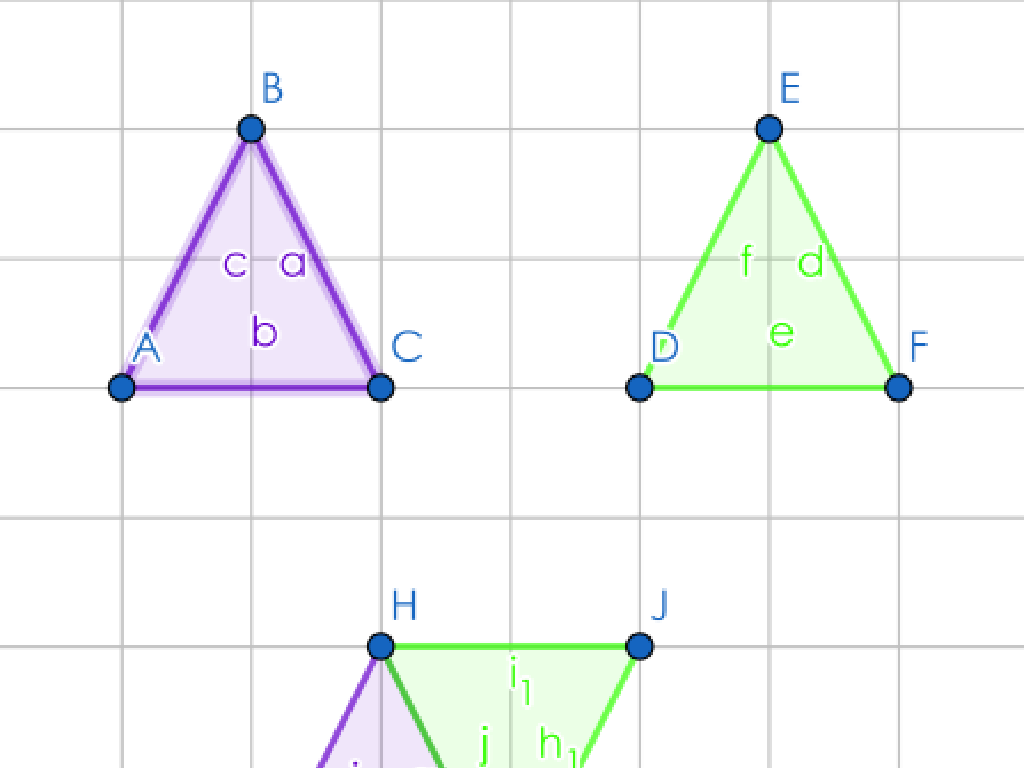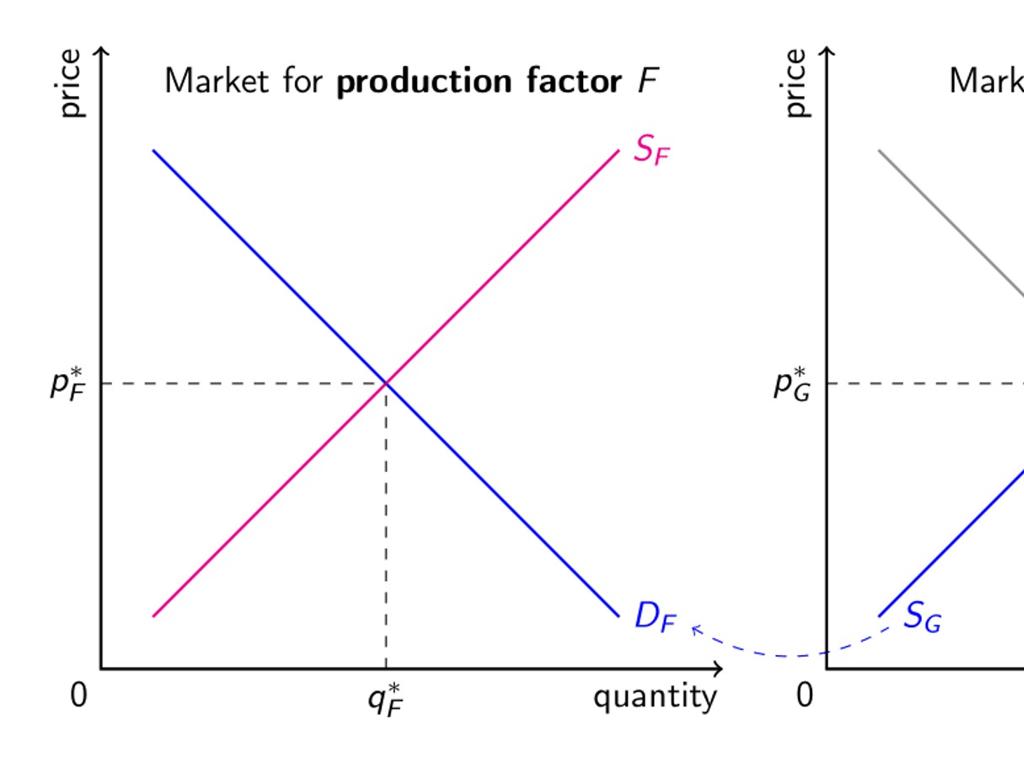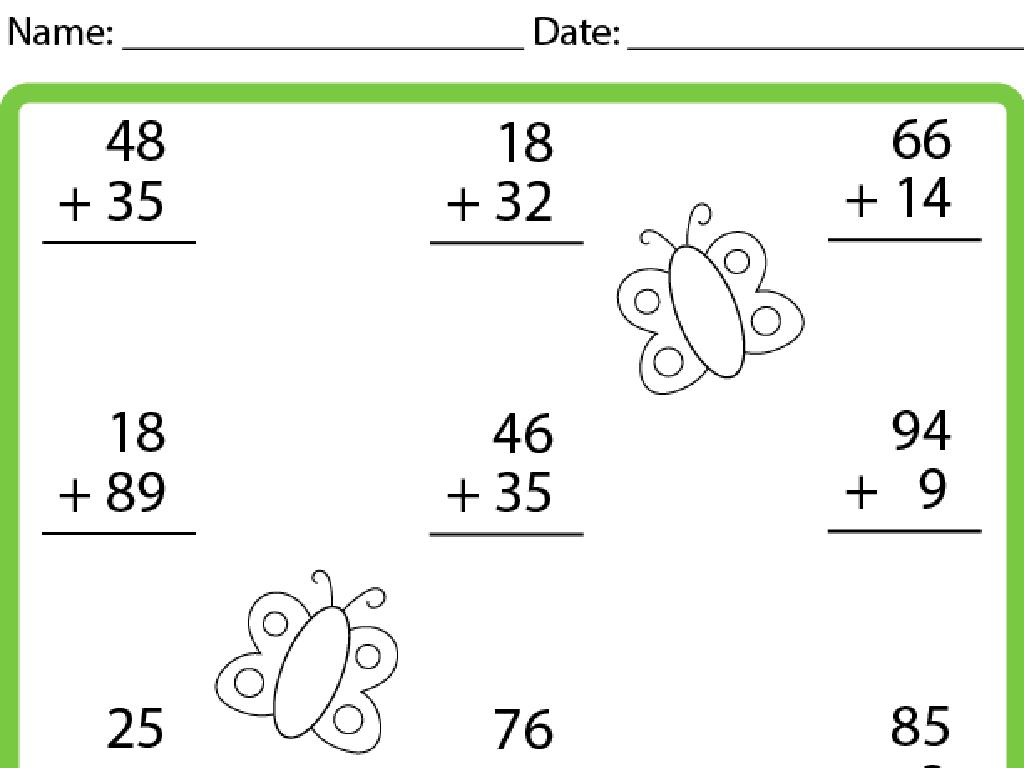Evaluate A Linear Function
Subject: Math
Grade: Eighth grade
Topic: Linear Functions
Please LOG IN to download the presentation. Access is available to registered users only.
View More Content
Introduction to Linear Functions
– Define linear functions
– A linear function has the form f(x) = mx + b, where m and b are constants.
– Linear functions in daily life
– Examples: speed of a car over time, cost of apples per pound.
– Significance of linear functions
– Understanding them is crucial for solving real-world problems.
– Graphing linear functions
– Visual representation helps to understand the relationship between variables.
|
This slide introduces the concept of linear functions, which are the foundation for understanding relationships between two variables in mathematics. Emphasize that linear functions are everywhere in real life, from calculating the speed of a car to determining the cost of groceries. Highlight the importance of learning about linear functions as they are used to model and solve various real-world problems. Encourage students to think of other examples where they encounter linear relationships. Introduce the graph of a linear function as a straight line and explain how the slope ‘m’ and y-intercept ‘b’ determine the line’s direction and position.
Understanding Linear Functions
– Define a linear function
– A function with a constant rate of change
– General form: f(x) = mx + b
– Where ‘m’ is the slope, ‘x’ is the variable, ‘b’ is the y-intercept
– Components: Slope (m)
– Slope ‘m’ measures steepness or incline
– Components: y-intercept (b)
– y-intercept ‘b’ is where the line crosses the y-axis
|
A linear function represents a constant rate of change, which can be visualized as a straight line when graphed on a coordinate plane. The general form of a linear function is f(x) = mx + b, where ‘m’ represents the slope, and ‘b’ represents the y-intercept. The slope indicates the steepness of the line and the direction it tilts, either upwards or downwards. The y-intercept is the point where the line crosses the y-axis, indicating the value of the function when x is zero. Understanding these components is crucial for evaluating linear functions and graphing them accurately. Provide examples of linear functions and ask students to identify the slope and y-intercept from different equations.
Graphing Linear Functions
– Plot linear functions on a graph
– Use points to represent solutions on a coordinate plane
– Understand slope and y-intercept
– Slope indicates steepness, y-intercept where line crosses y-axis
– Graph the function f(x) = 2x + 3
– Start at y-intercept (0,3), use slope rise/run (2/1) to find next points
|
This slide introduces students to the concept of graphing linear functions, emphasizing the importance of understanding the slope and y-intercept. The slope describes the steepness and direction of the line, while the y-intercept is the point where the line crosses the y-axis. Using the example function f(x) = 2x + 3, demonstrate how to plot the y-intercept at (0,3) and then use the slope, which is 2 (or 2/1), to find the next points by rising 2 units and running 1 unit. Encourage students to practice by plotting additional points and drawing the line. This visual representation helps solidify their understanding of linear functions.
Evaluating Linear Functions
– Understanding function evaluation
– To evaluate a function means to find its value at a particular x.
– Steps to evaluate a function
– 1. Identify the function 2. Substitute x value 3. Calculate the result
– Example: f(x) = 2x + 3 for x = 5
– Substitute x with 5: f(5) = 2(5) + 3 = 13
– Practice with different values
|
When we talk about evaluating a linear function, we’re referring to the process of finding the value of the function at a specific input value for x. It’s crucial for students to understand that evaluating a function is like solving an equation where x is known, and we’re solving for f(x). The step-by-step process involves identifying the function’s formula, substituting the given x value into the formula, and then simplifying to find the result. For example, if f(x) = 2x + 3 and we want to evaluate this function when x = 5, we replace x with 5 and calculate the result to get 13. Encourage students to practice this process with different x values to become comfortable with evaluating linear functions.
Evaluating Linear Functions: Practice
– Solve f(x) = 4x – 1 for x = 2
– Substitute x with 2: f(2) = 4(2) – 1 = 8 – 1 = 7
– Find x when f(x) = -3x + 6 and f(x) = 0
– Set the function to zero and solve for x: 0 = -3x + 6, x = 2
|
This slide provides two practice problems to help students apply their knowledge of evaluating linear functions. For the first problem, students will substitute the value of x into the function and simplify to find the value of f(x). The second problem requires students to understand the concept of finding the x-intercept of a linear function, where the output value f(x) is zero. These problems are designed to reinforce the students’ skills in working with linear functions and to prepare them for solving similar problems independently. Encourage students to show their work step by step and to check their answers by plugging the found values back into the original equations.
Class Activity: Crafting Linear Functions
– Pair up and devise a linear function
– Graph the function on a coordinate plane
– Use graph paper or a digital tool to plot your function
– Evaluate the function for three x values
– Choose any three x values and find the corresponding y values
– Prepare to present your findings
|
This activity is designed to reinforce students’ understanding of linear functions by having them create and work with their own functions. Students should pair up to encourage collaboration. They will need to come up with a linear function, which is any function that can be written in the form f(x) = mx + b, where m is the slope and b is the y-intercept. Once they have their function, they should graph it using either graph paper or a digital graphing tool. After graphing, they should pick three different x values, substitute them into their function, and solve for y to evaluate the function at those points. Encourage creativity in their function creation, and ensure they understand how to plot points and draw the line on the graph. Finally, have them prepare a brief explanation of their function and the results of their evaluation to present to the class. Possible activities for different pairs could include creating functions with positive, negative, zero, or undefined slopes to see the variety of linear functions.
Wrapping Up: Linear Functions
– Recap of linear function evaluation
– Practice is key to mastery
– Homework: Worksheet completion
– Solve given problems to reinforce today’s lesson
– Bring any questions to next class
– Review your work and note difficulties
|
As we conclude today’s lesson on evaluating linear functions, it’s crucial to emphasize the importance of practice. The homework assignment is a worksheet that includes a variety of problems requiring students to apply what they’ve learned about linear functions. Encourage students to attempt all problems and bring up any questions or difficulties in the next class. This will help them solidify their understanding and prepare them for more complex applications of linear functions. Provide guidance on how to approach the worksheet and remind them of the strategies discussed in class.





